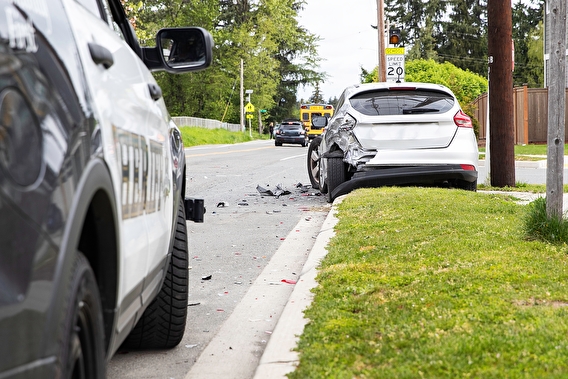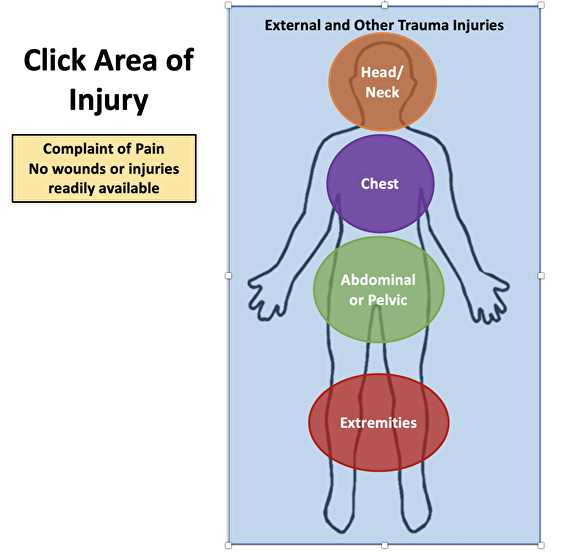
In 2016, Minnesota deployed a state-of-the-art electronic crash reporting system to all law enforcement officers across the state. One component of this new MNCrash system—an interface for logging crash data at the scene—was created through an extensive usability and design project led by researchers at the U’s HumanFIRST Laboratory.
More recently, a HumanFIRST team furthered its research and design work on MNCrash. The team completed a performance audit of MNCrash’s accuracy, recommended improvements for the report interface to make it even more user-friendly, and developed e-training modules for officers. The work was sponsored by the Minnesota Department of Public Safety (DPS) and the Minnesota Department of Transportation.
“When the MNCrash reporting system launched, it was extremely well received by Minnesota law enforcement agencies, demonstrating the importance of user-centered design for human-computer interactions and user satisfaction,” says Nichole Morris, HumanFIRST Lab director. However, agencies also needed to know whether the initial goal for the improved interface—collecting more accurate, reliable, and meaningful data—had been met.
To find out, researchers audited before-and-after crash data from 2015 and 2016 to measure potential quality improvements resulting from the MNCrash system. The analysis showed that MNCrash did increase the quality of data: Information entered was more complete, verifiable, and accurate.
“This is an important finding to support user-centered design as a standard practice for all crash reporting systems across the United States—not only to ease officer frustrations but also to improve our understanding of crashes and the factors that contribute to them,” Morris says.
Researchers aimed to build on this success through a series of usability tests with officers to identify errors, frustration, or confusion points. The testing revealed that the majority of problems were related to detail and efficiency.
Next, the team developed complementary MNCrash training on an e-learning platform to improve officer knowledge of best practices for data entry and address knowledge gaps. The training module was iteratively tested and designed to ensure officer satisfaction, and then was implemented into the statewide training system.

Additionally, researchers developed a tool to help officers classify the severity of injuries, since misclassification in this area can lead to crash reporting errors.
“We developed and tested an interactive visual-decision aid that is user-friendly and useful for determining the level of injury severity for the crash report,” Morris says. The prototype received high-level support and produced good usability and user satisfaction.
“We now know the MNCrash system has improved the accuracy of crash data quality in Minnesota,” Morris says. “We expect that these interface updates and the addition of the training modules will help drive further improvement in the data quality gains seen with the first implementation of the MNCrash system.”
For this project, the team was recognized with the 2020 Best Practices in Traffic Records Award by the American Association of Safety Information Professionals (AASIP). The award honors projects that improve data capture, manipulation, and evaluation.
“Through their astonishing work and continued excellence within the world of traffic safety, Nichole Morris and her team consistently provide the state of Minnesota with a number of outstanding services,” says Brendan Wright, traffic records coordinator with the Office of Traffic Safety at DPS. “Their work has provided Minnesota with applications and program enhancements that have earned national recognition. The Office of Traffic Safety continues to be impressed with the abilities, ambition, and insight this team possesses. We are forever grateful to have such a valued asset assisting us in our mission.”
Writer: Megan Tsai


